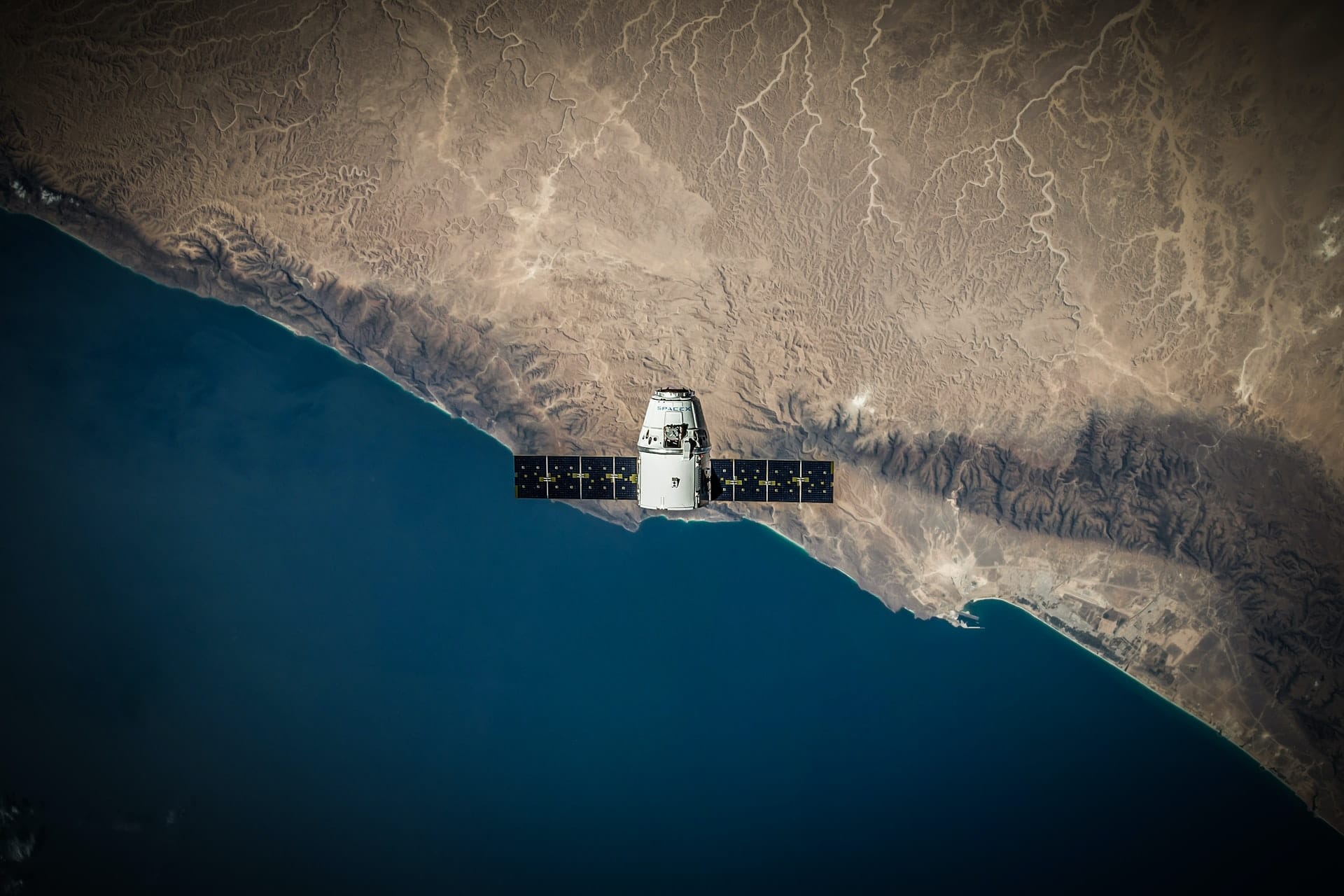



The Aerospace and Aeronautics sectors are becoming more and more competitive and are therefore in constant search of innovation.
This sector contributes to Canada’s national and international reputation. To remain competitive, the aviation and space industry must invest heavily in R&D and innovation.
One out of four aeronautical/aerospace companies performs research and development (R&D) work.


Between technological innovation, cost control and the fight against climate change, this sector must find solutions to deal with the next energy and environmental challenges.
Moreover, the industry deals with major supply issues, particularly in connection with many electronic components. It is crucial to be able to manage the centralization and feedback of data: technological intelligence, strategic intelligence, competitive intelligence. Beyond data processing, digital transformation is at the core of innovation issues.
The aeronautics and aerospace sector is currently structured around a number of R&D areas: vehicle electrification, hydrogen motorization, satellite constellations, space debris limitation and recovery, etc.
The health crisis hasn’t slowed down innovation in the sector. In fact, even in 2020, 16% of companies announced that they were launching new innovation projects on their products and 14% on their processes.
Case study
This international medium-sized company had been claiming a very low level of R&D tax credits in relation to its size and the nature of its R&D activities.
We started by creating a project steering committee, bringing together the Group COOs, financial managers and project leaders, which enabled us to identify all the eligible projects across the international group. As a result, the company’s R&D tax benefits increased by 30%, and processes to improve project security and project monitoring were established with great success.
